 Shutterstock
Shutterstock
Dogs are exceptional at communicating without words, using their bodies, gestures, and actions to share their emotions and thoughts. From wagging tails to soulful eye contact, they have an intricate nonverbal language that speaks volumes. While they may not use words, their ability to convey trust, love, and even concern is nothing short of remarkable. Recognizing and understanding these cues not only deepens the bond with your furry companion but also ensures their needs and emotions are met with the care and attention they deserve.
Tail Wagging
 Shutterstock
Shutterstock
A wagging tail is one of the most recognizable ways dogs communicate. However, not all wags mean the same thing. A slow, steady wag often signals calmness or contentment, while a high, fast wag can indicate excitement or anticipation. Conversely, a low, tucked wag might mean your dog is feeling nervous or submissive. Paying attention to the position and speed of their tail wag can give you valuable insights into their mood and intentions.
Eye Contact and Expressions
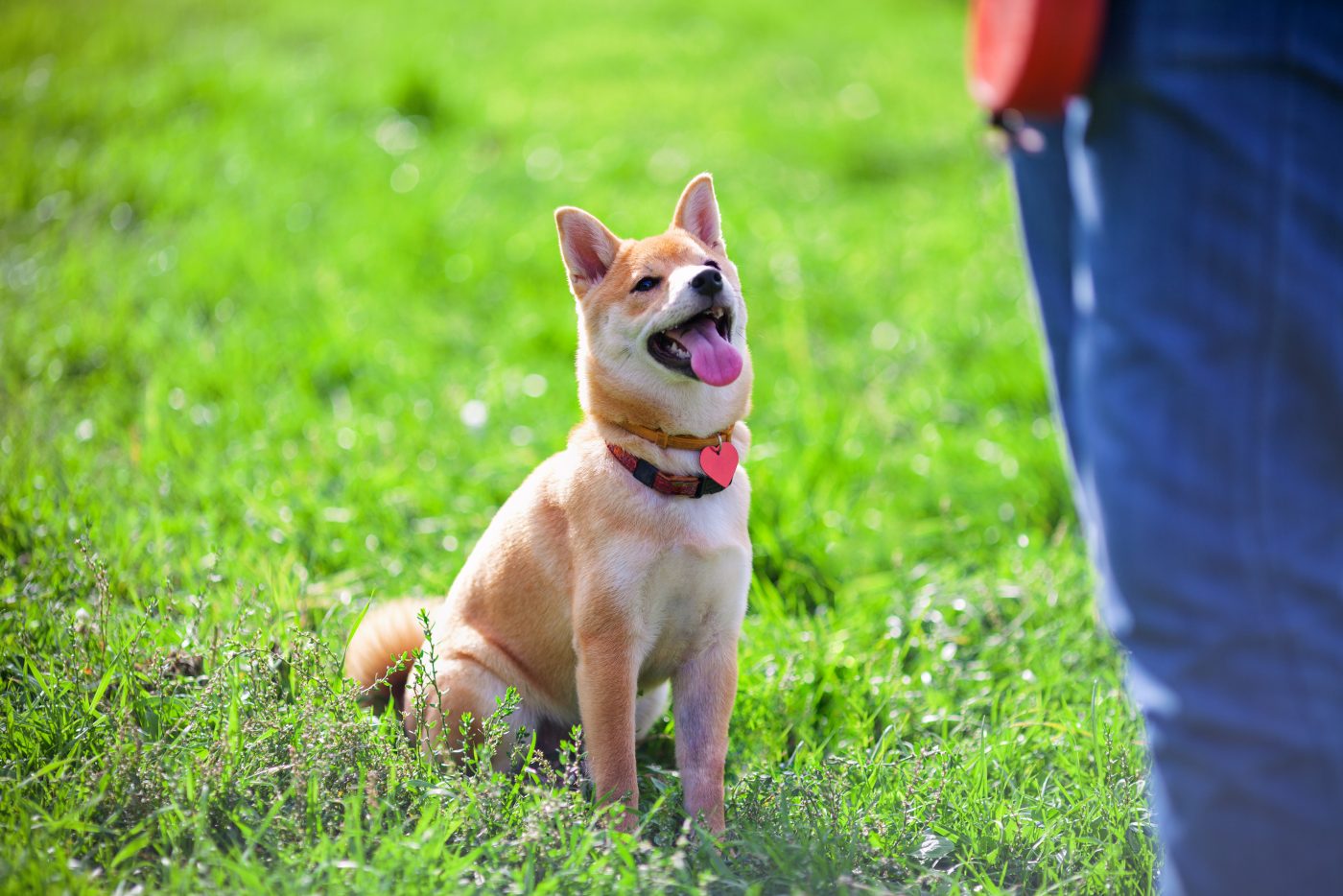 Shutterstock
Shutterstock
Dogs use their eyes to communicate a wide range of emotions. A soft, steady gaze often signals trust and affection, while wide eyes with a lot of white (often called “whale eyes”) can indicate stress or discomfort. Squinting or relaxed eyelids usually show contentment, especially if accompanied by a wagging tail. Dogs have an uncanny ability to lock eyes with their humans, creating an emotional connection that’s hard to replicate with words.
Licking
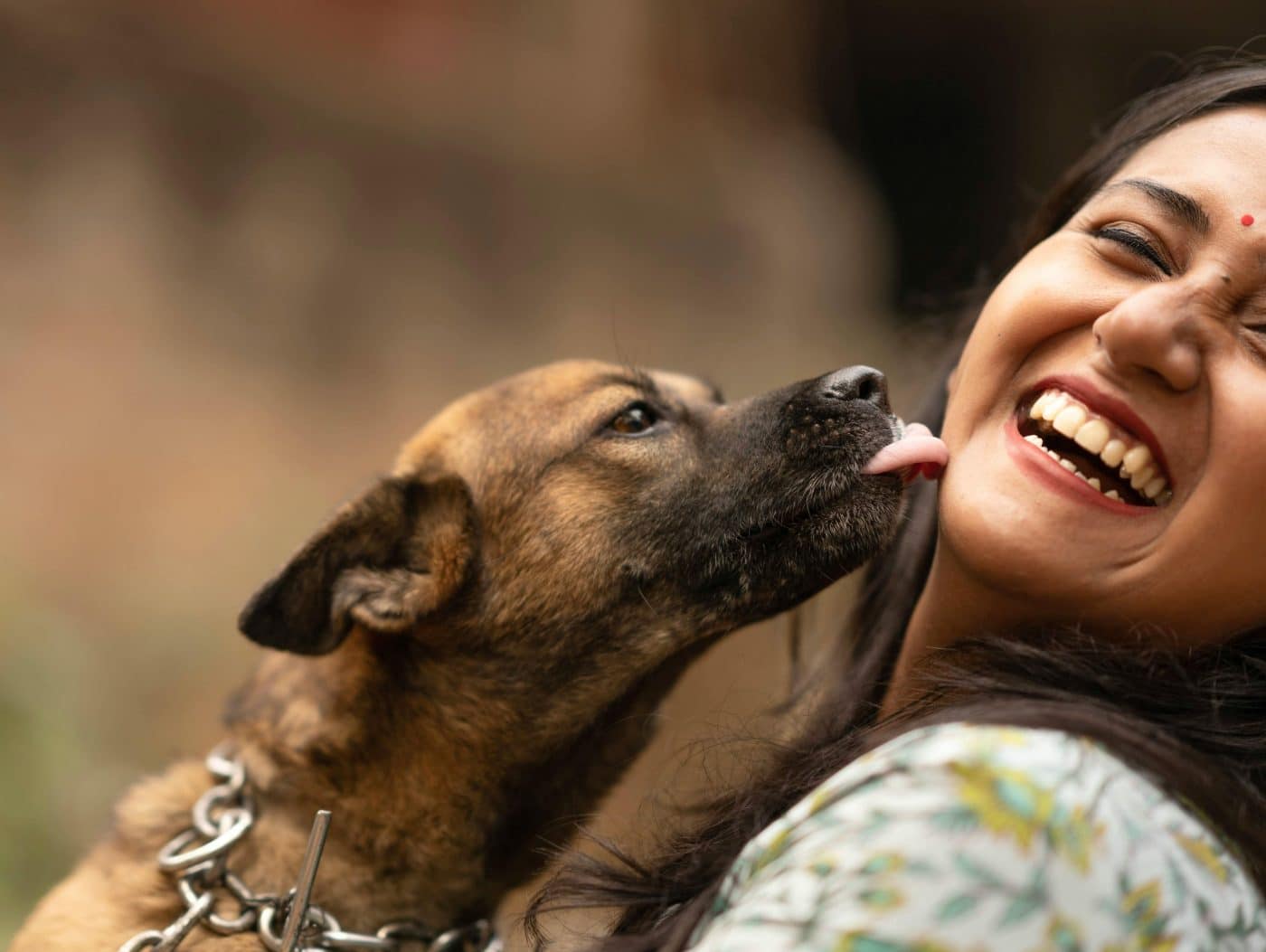 Shutterstock
Shutterstock
Licking is a multifaceted form of communication in dogs. It can signify affection, submission, or a desire for attention. For example, when a dog licks your face, they might be showing their love or trying to soothe you. Excessive licking, however, can indicate anxiety or stress. Understanding the motivation behind this behavior can deepen your connection with your furry friend.
Body Posture
 Shutterstock
Shutterstock
A dog’s posture speaks volumes about their emotional state. A relaxed stance with a slightly wagging tail suggests a happy, confident dog. On the other hand, a stiff body with a raised tail may indicate alertness or potential aggression. A cowering posture, with their body low to the ground and ears back, shows fear or submission. Understanding these postural cues can help you navigate interactions with your dog and others.
Vocalizations Beyond Barking
 Shutterstock
Shutterstock
While this article focuses on nonverbal communication, it’s worth noting that dogs use sounds like whines, growls, and howls to express themselves without resorting to full-blown barking. A soft whine might mean they’re seeking attention or feeling anxious, while a growl can serve as a warning. Paying attention to these vocal nuances, along with body language, can give you a clearer picture of what they’re trying to say.
Pawing and Nudging
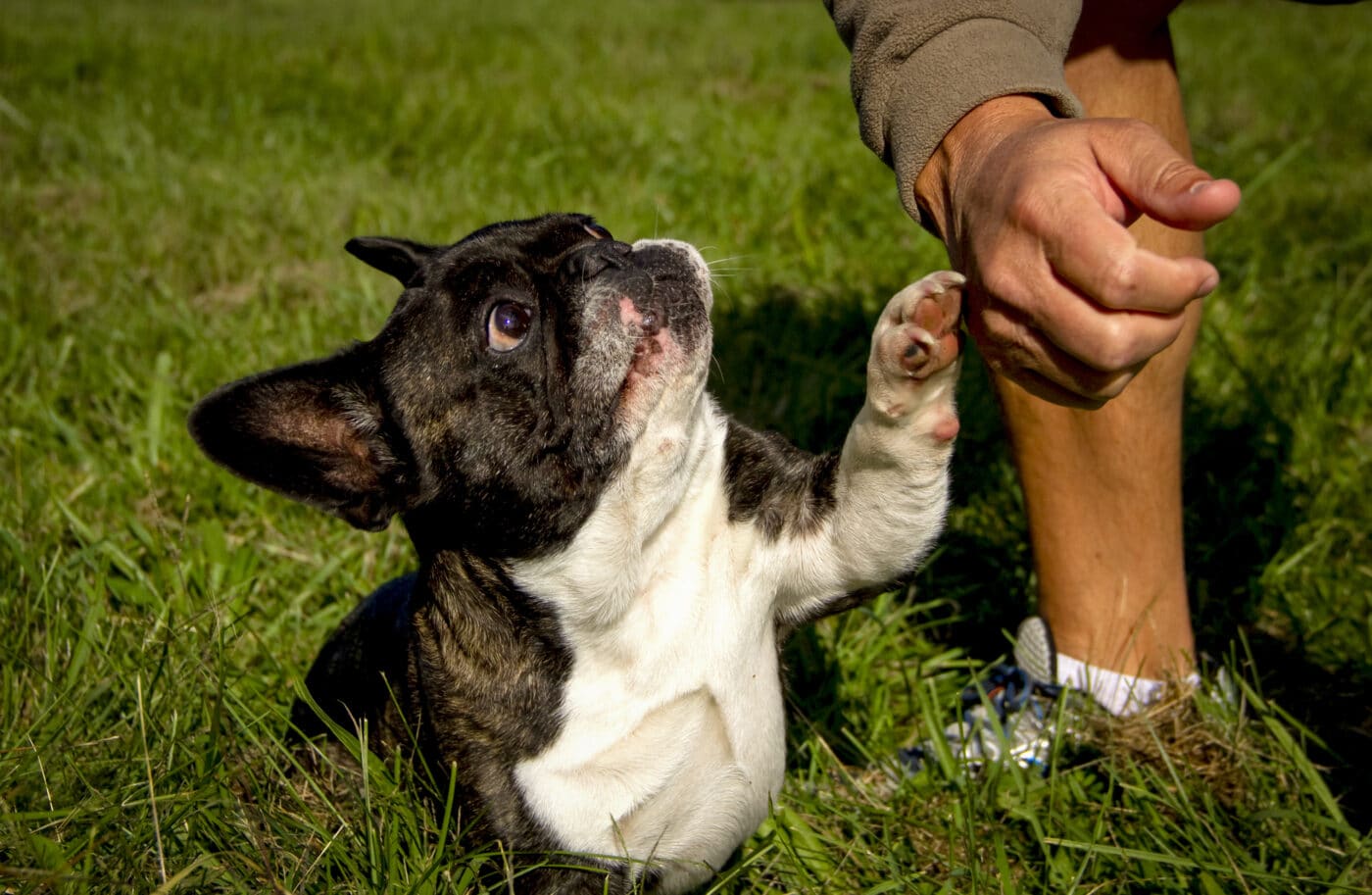 Shutterstock
Shutterstock
Dogs often use their paws to get your attention. A gentle paw on your leg might mean they’re asking for affection or trying to tell you they need something. Nudging, whether with their nose or head, is another common behavior that communicates their needs or desires. These actions are often accompanied by eye contact, making it clear they’re trying to “speak” to you in their way.
Ears Tell a Story
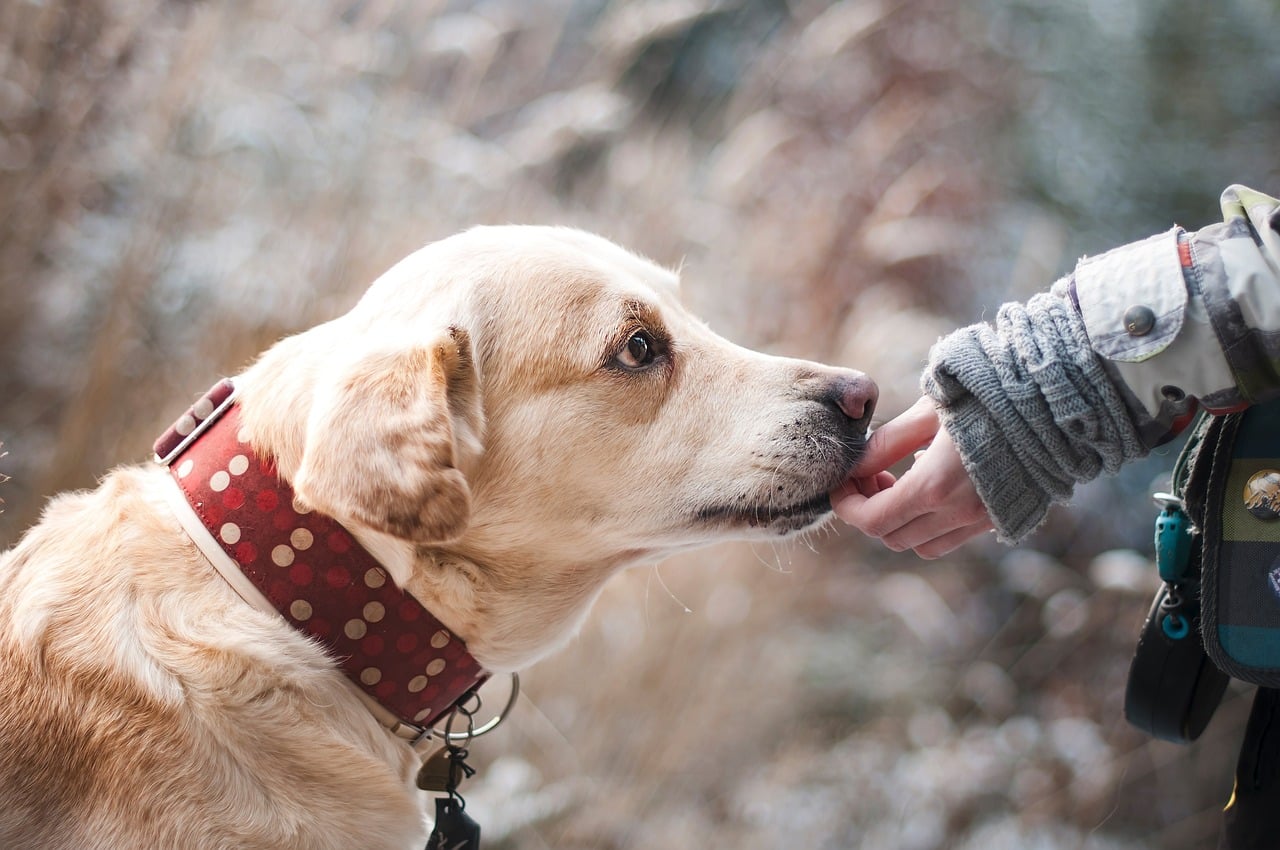 Shutterstock
Shutterstock
A dog’s ears are like little emotional antennas. Ears perked forward usually signal curiosity or attention, while ears held back or flat against the head can indicate fear, submission, or stress. Floppy-eared dogs may not be as obvious with their signals, but slight movements can still reveal a lot about their feelings. Learning to read these cues can help you better understand what’s going on in their minds.
Tail Placement and Position
 Shutterstock
Shutterstock
Beyond wagging, the position of a dog’s tail can reveal their emotional state. A high, stiff tail usually signals alertness or dominance, while a low or tucked tail indicates fear or submission. A neutral tail position suggests the dog is calm and relaxed. Observing how their tail moves or stays still in different situations can provide valuable context about their feelings and intentions.
Rolling Over
 Shutterstock
Shutterstock
When a dog rolls onto their back, it’s not always an invitation for belly rubs. Sometimes, this behavior signals submission or trust, especially if they’re exposing their vulnerable belly. In playful contexts, rolling over can be a way to initiate a game or show that they’re feeling relaxed and happy. Paying attention to the context of this action can help you interpret their intent.
Dogs Are Paw-sitively Fluent
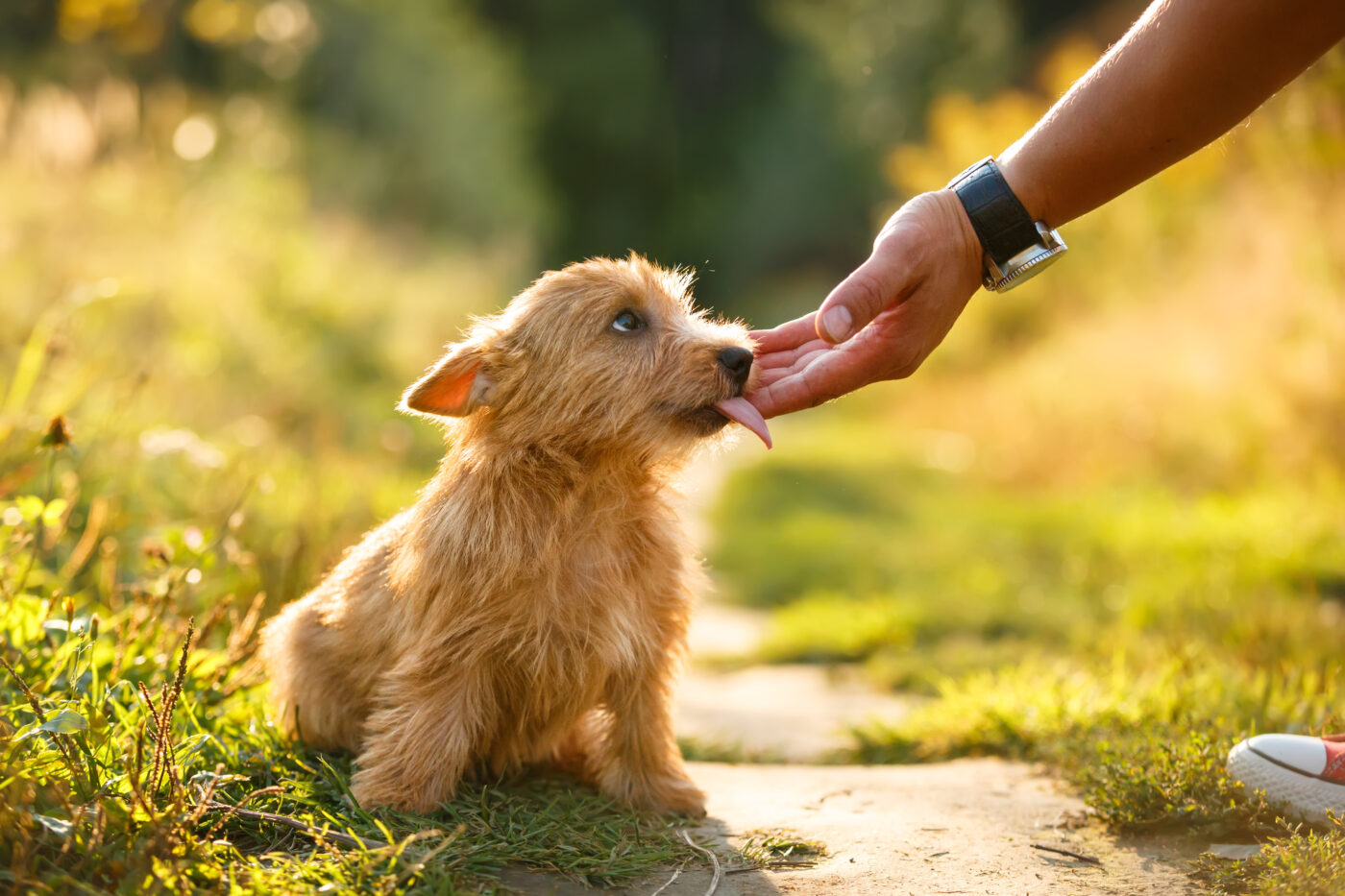 Shutterstock
Shutterstock
Dogs don’t need words to show how they feel or what they need. Using their tails, eyes, body language, and even gentle nudges, they communicate a wide range of emotions with ease. Their silent language is filled with love, trust, and sometimes even humor. The next time your dog gives you a knowing look or a playful nudge, take a moment to appreciate their unique way of connecting. After all, they might not speak our language, but they’ve mastered the art of being understood.
 Toledo, United States.
Toledo, United States.